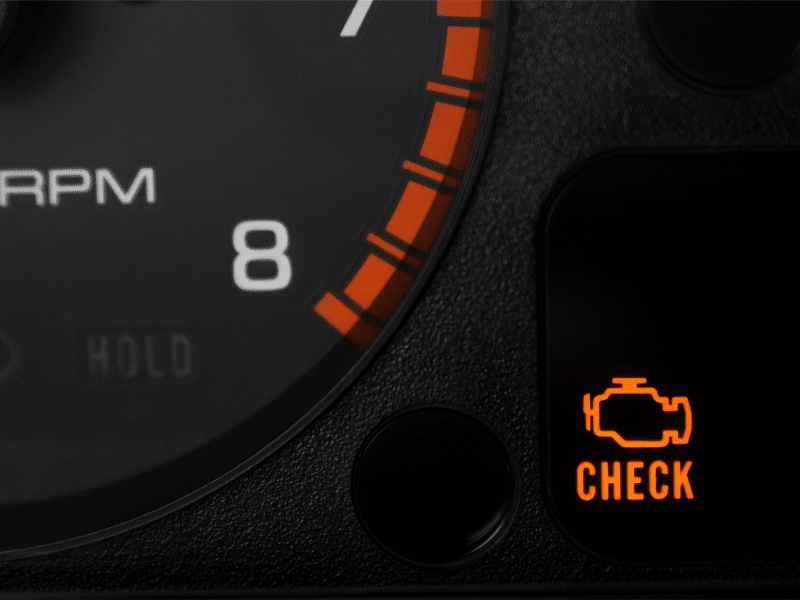The check engine light, also known as the malfunction indicator lamp, is a signal from your vehicle’s computer that something is wrong. It could be a minor issue such as a loose fuel cap, or something as serious as a misfiring engine. Whatever the reason, the check engine light should never be ignored and it is best to have your vehicle inspected by a mechanic ASAP. Some of the most common reasons for the check engine light to turn on are:
Faulty or loose gas cap
If the gas cap is faulty or loose, it will not only let in dirt and grime but also allow fuel vapors to escape. When this happens, it can trigger an error in the emissions system that could turn on the check engine light. Check the gas cap to ensure that it does not have any tears, cracks, or chips. Also, check the seal between the gas cap and the filter tube and see if there are any cracks or tears. If you find the cap or the seal damaged, have it replaced immediately.
Faulty catalytic converter
The catalytic converter in your vehicle reduces the amount of harmful pollutants by taking these gases and converting them into less harmful gases and water vapor via a series of chemical reactions. If an exhaust leak is letting gasses out of the system before it reaches the catalytic converter or if the converter becomes damaged, the check engine light will be triggered.
Failed mass airflow sensor
The mass airflow sensor, also known as the air meter, measures the amount of air entering the internal combustion engine to make sure that the right amount mixes with the fuel. When the air/fuel mixture ratio is not correct, the engine might not start or stall. When the mass airflow sensor fails, the check engine light will come on.
Problem with spark plugs or ignition coils
Another common reason the check engine light comes on is when there is a problem with one of the spark plugs or ignition coils. When they are not firing correctly, there is a loss of engine performance, and the check engine light comes on.
Faulty oxygen sensor
The oxygen sensor measures the amount of unburned oxygen in the exhaust. The O2 sensor communicates with your vehicle’s electronic control unit (ECU) to determine the right air-to-fuel ratio for the best engine performance. When the O2 sensor is not working properly, the engine will keep running but will burn more fuel than it should. A bad O2 sensor will also cause the check engine light to come on. If ignored, a bad O2 sensor can damage important components such as catalytic converter and spark plugs.
Vacuum leak
Each vehicle has a vacuum system that performs different functions. For example, the vacuum system helps reduce emissions by routing the fumes as the fuel evaporates through the engine. Whenever there is a vacuum leak, the check engine light will come on because excess air is introduced into the engine when the vacuum pressure starts to leak out of the hoses. Vacuum leaks can occur due to loose connections or when vacuum hoses dry out and crack as they age.
These are just some of the reasons why check engine light may come on. Bring your vehicle to us or give us a call today and our team will diagnose the exact issue and carry out the necessary repairs.


